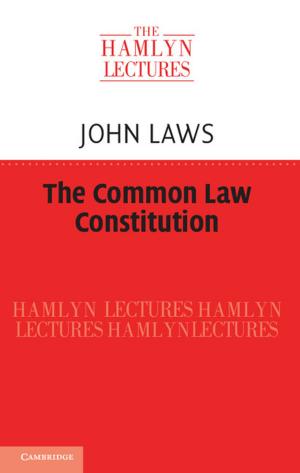Premodifiers in English
Their Structure and Significance
Nonfiction, Reference & Language, Language Arts, Linguistics| Author: | Jim Feist | ISBN: | 9781139152815 |
| Publisher: | Cambridge University Press | Publication: | October 27, 2011 |
| Imprint: | Cambridge University Press | Language: | English |
| Author: | Jim Feist |
| ISBN: | 9781139152815 |
| Publisher: | Cambridge University Press |
| Publication: | October 27, 2011 |
| Imprint: | Cambridge University Press |
| Language: | English |
The order and behaviour of the premodifier (an adjective, or other modifying word that appears before a noun) has long been a puzzle to syntacticians and semanticists. Why can we say 'the actual red ball', but not 'the red actual ball'? And why, conversely, do some other premodifiers have free variation in sentences; for example we can say both 'German and English speakers' and 'English and German speakers'? Why do some premodifiers change the meaning of a phrase in some contexts; for example 'young man', can mean 'boyfriend', rather than 'man who is young'? Drawing on a corpus of over 4,000 examples of English premodifiers from a range of genres such as advertising, fiction and scientific texts, and across several varieties of English, this book synthesises research into premodifiers and provides a new explanation of their behaviour, order and use.
The order and behaviour of the premodifier (an adjective, or other modifying word that appears before a noun) has long been a puzzle to syntacticians and semanticists. Why can we say 'the actual red ball', but not 'the red actual ball'? And why, conversely, do some other premodifiers have free variation in sentences; for example we can say both 'German and English speakers' and 'English and German speakers'? Why do some premodifiers change the meaning of a phrase in some contexts; for example 'young man', can mean 'boyfriend', rather than 'man who is young'? Drawing on a corpus of over 4,000 examples of English premodifiers from a range of genres such as advertising, fiction and scientific texts, and across several varieties of English, this book synthesises research into premodifiers and provides a new explanation of their behaviour, order and use.















